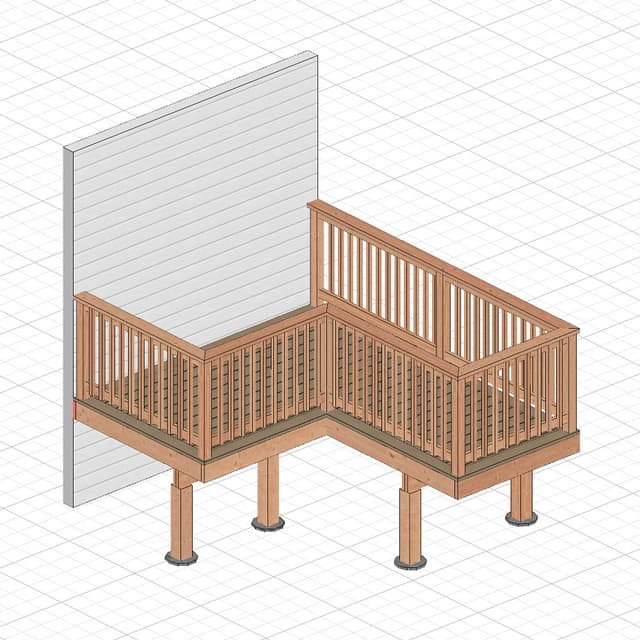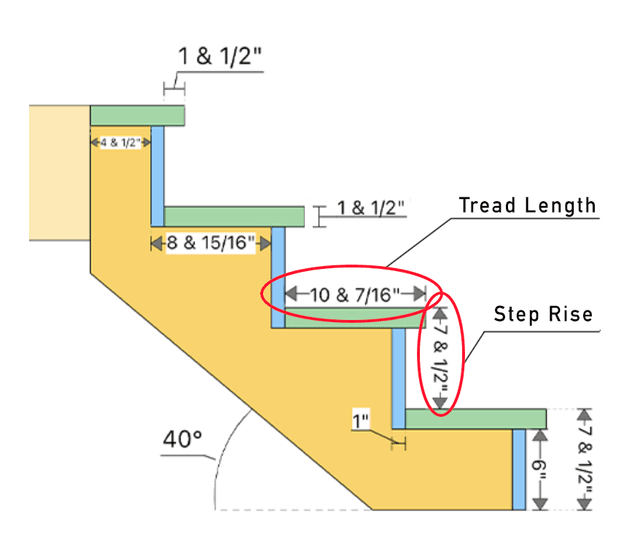Everything You Need to Know about Rafters: Key Concepts and Terms Explained
Hello there! Today, I'll be diving into everything you need to know about rafters. We will go over all the different terms like plumb cut, seat cut, birdsmouth depth, roof pitch, roof angle, fascia overhang, and rafter run - we're covering it all. So sit tight, and get ready for an enlightening ride into the world of rafters.
What are Rafters?
First things first, rafters are structural components of a building's roof. They are designed to support the roof deck and its associated loads. Rafters are typically made of wood but can also be made of metal or other materials. They extend from the peak of the roof down to the eaves, the edges of the roof that overhang the face of the walls.
Traditionally, rafters are installed in pairs, with their top ends meeting at the roof's peak and their bottom ends resting on the top of the building's walls. This forms a triangular shape that adds stability and strength to the overall roof structure.
Different Types of Rafters
- Common Rafters: These are the standard and most frequently used type of rafters, running from the top (the ridge) to the bottom (the eaves) of a roof.
- Hip Rafters: These run from the corners of a building to the ridge, forming the external lines of a hipped roof.
- Valley Rafters: These are used where two roof slopes meet inwardly.
- Jack Rafters: These are shorter rafters that connect into the hip and valley rafters.
- Ridge Beam: This is the horizontal beam, placed at the peak of the roof. Common rafters, hip rafters, and valley rafters will connect into the ridge.
- Fascia Board: A fascia is a vertical board attached to rafter ends.
Rafter Terminology
Here is a list of commonly used rafter terms:
- Rafter Run: The horizontal distance covered by a rafter from the outside of the wall to the end of the rafter.
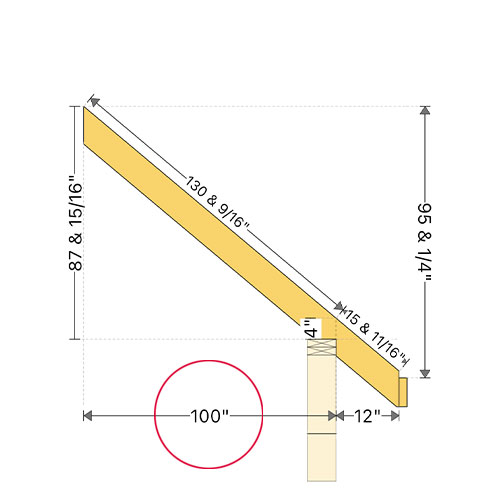
- Fascia Overhang: The horizontal distance the rafter extends beyond the face of the building, forming the eave.
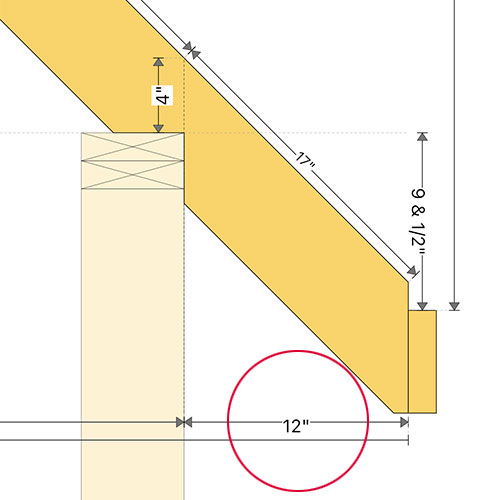
- Birdsmouth Depth: The depth of the birdsmouth.

- Seat Cut: The horizontal birdsmouth cut where a rafter rests on the wall plate.
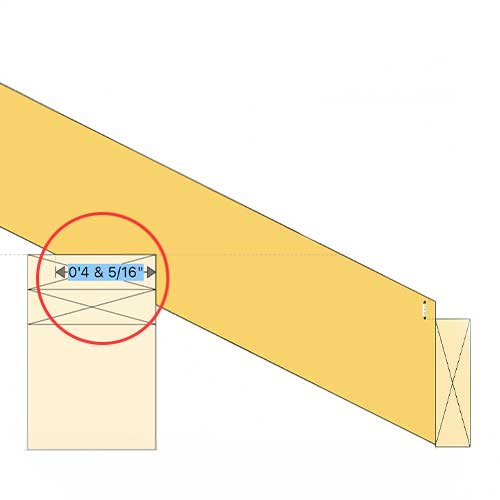
- Plumb Cut: The vertical cut at the rafter's top, and the vertical cut in the birdsmouth cut.

- Tail Length: The part of the rafter that extends beyond the wall, commonly known as the eave.
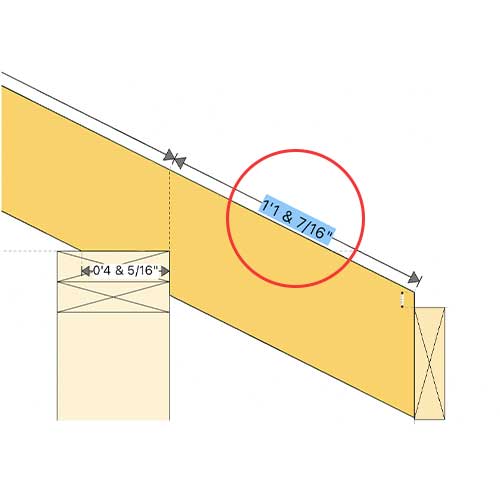
- Rafter Height Above Plate: The distance from the top of the wall plate to the top edge of the rafter.

- Fascia Drop: The vertical distance from the bottom of the fascia board to the bottom of the rafter tail (this can be a positive or negative number).
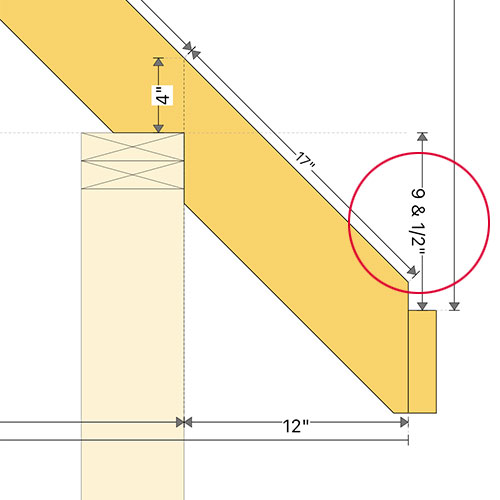
- Roof Pitch: The steepness of a roof, often expressed as a ratio of rise (vertical distance) to run (horizontal distance).
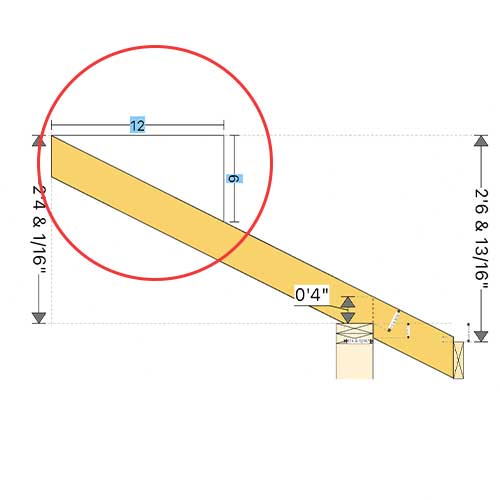
- Roof Angle: The angle formed by the rafter and the horizontal, dependent on the roof pitch.
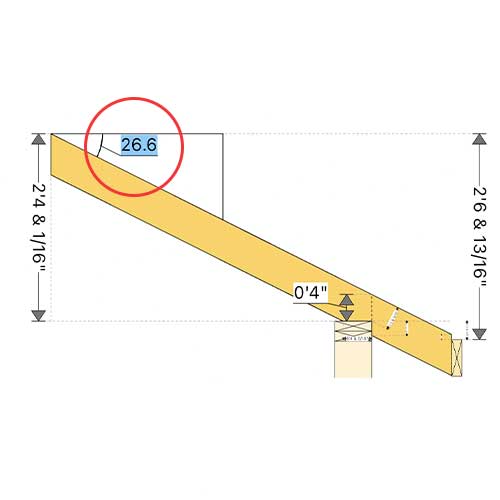
- Fascia Thickness Rise: The vertical rise in relation to the thickness of the fascia board.
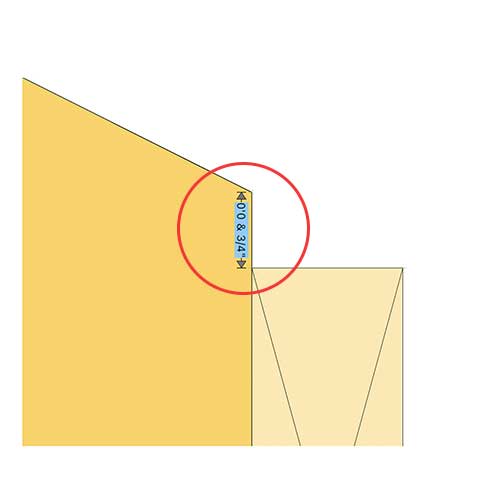
- Total Rafter Length: The entire length of the rafter from the top (peak) to the bottom (tail) end.
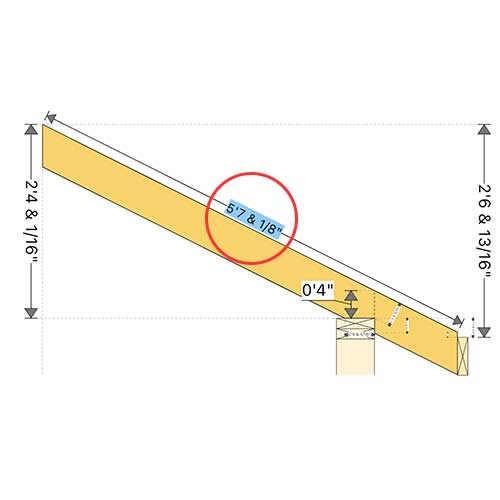
- Rafter Length Minus Tail Length: The length of the rafter from the top peak down to the outside of the house, at the top edge of the rafter.
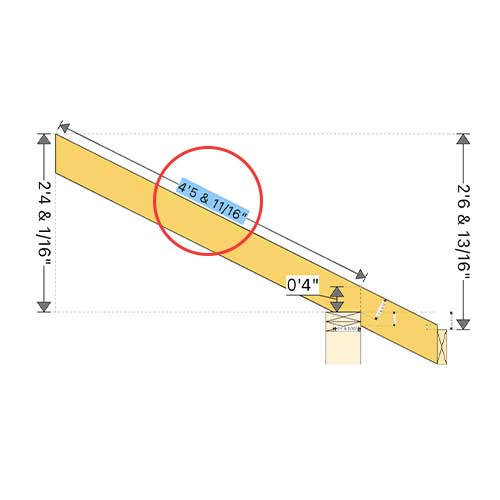
- Rise from Fascia: The vertical distance from the top of the fascia to the highest point of the rafter.
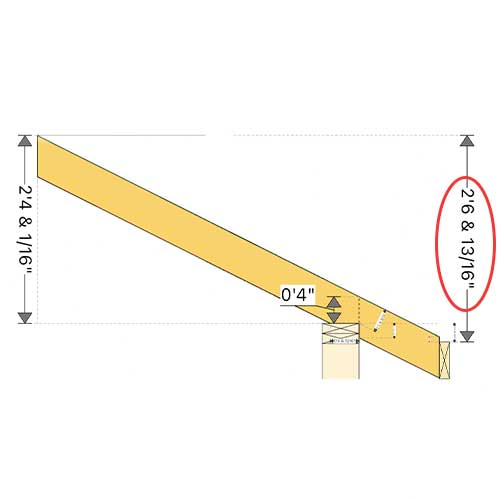
- Rise from Wall: The vertical distance from the top of the wall to the highest point of the rafter.
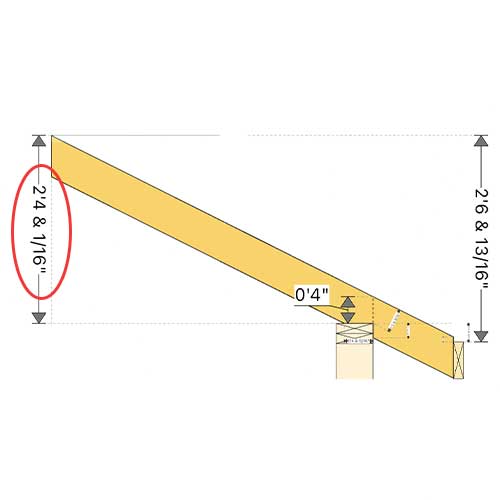
- Rafter Depth: For example, the depth of a 2x6 would be 5 1/2".
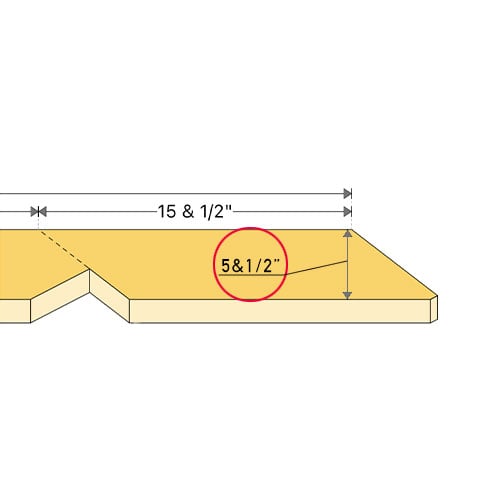
- Rafter Thickness: For example, the thickness of a 2x6 would be 1 1/2".
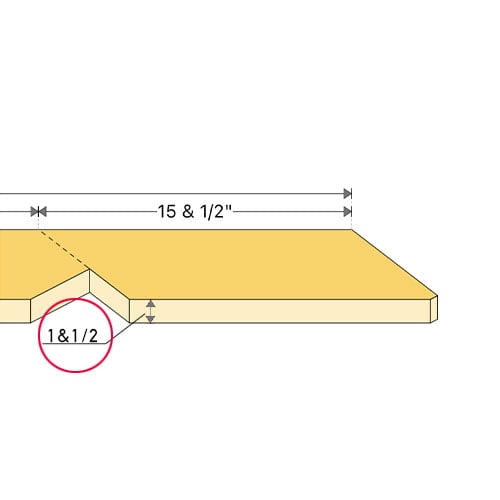
How To Calculate Rafters
I've written up a few blogs here on the easiest ways to calculate different types of rafters, feel free to have a look:
- Easiest Ways To Calculate Common Rafters
- Easiest Ways To Calculate Irregular Hip Rafters
- Easiest Ways To Calculate Same Pitch Hip Rafters
Free Rafter Calculators
RedX Roof app has a great rafter calculator that can be accessed on the web and on your mobile device.
Conclusion
And there we have it - a detailed overview of rafters and their terminology. This knowledge should serve as a valuable foundation. Remember, understanding these terms is crucial for successful rafter calculation and roof construction. Thank you for taking the time to read, and best of luck with your projects.
As always, if you have any questions or need further clarification, feel free to drop a comment below. I'm here to help you through your building journey, one rafter at a time!


